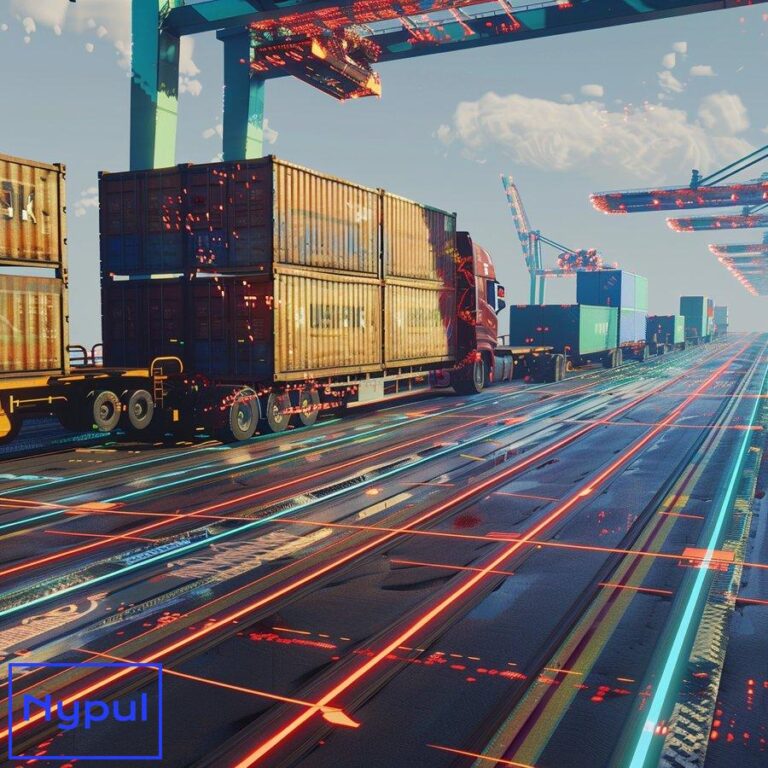How to Reduce Turnaround Time
What is turnaround time and why is it crucial in logistics? Turnaround time in logistics refers to the total duration from when a vehicle or vessel arrives at a facility to when it departs after completing all necessary operations. This critical metric encompasses various activities, including unloading, processing, loading, and administrative tasks. For trucking companies,…









